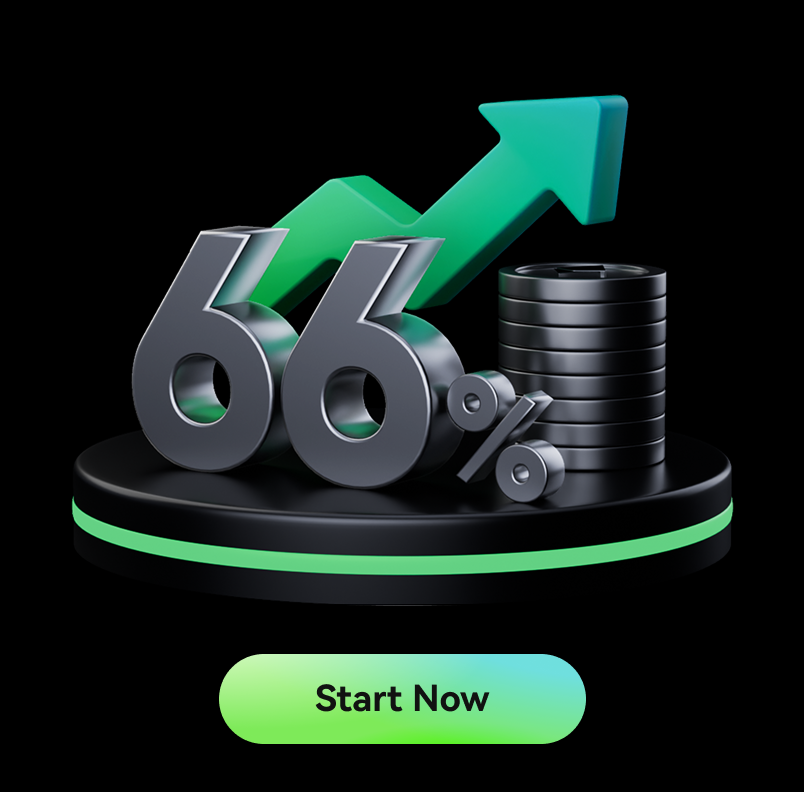Summary
- Sologenic is a platform that allows users to tokenize real-world assets namely stocks, ETFs and commodities into stablecoins for trading on its DEX; most other DEXs only trade crypto and digital assets.
- The Sologenics trading platform is built on the XRP blockchain.
- Sologenic’s competitive advantage is its low gas fees and high throughput of 1,500 transactions per second.

With the rise of blockchain technology, cryptocurrencies and Web 3.0, DeFi use cases have risen significantly. This includes the development of decentralized exchanges (DEXs), bringing with it a promise of greater speed, security, and ease of transactions.
These DEXs serve the same purpose as traditional exchanges–the only difference is that they are not managed by a central entity, and they mostly limit investors to trading only blockchain-based assets such as utility tokens, coins, and other cryptocurrencies. This means crypto investors cannot take advantage of trading profitable, conventional non-blockchain assets such as stocks, ETFs and fiat currencies.
What is Sologenic?
Sologenic is an ecosystem that bridges this gap between traditional financial markets and cryptocurrencies, by enabling users to tokenize and trade traditional/ non-blockchain assets–stocks, ETFs and commodities–on the XRP blockchain, one of the fastest blockchain networks in the market.
Sologenic has the ability to tokenize over 40,000 stocks, ETFs and commodities, all tradable on over 30 top global stock exchanges across Asia, North America and Europe.
Asset tokenization refers to the process of converting real-world assets into digital tokens that can then circulate securely and transparently on the blockchain. By tokenizing a real-world asset, investors can increase its liquidity while retaining all the characteristics of the asset.
These tokenized assets are then traded as stablecoins backed 1:1 with the real-world asset, with each stablecoin representing ownership of that real-world asset.

What is Sologenic DEX?
The SOLO DEX allows customers to trade their tokenized assets with other investors in real-time by connecting their wallets which could either be hardware or software wallets. To use the SOLO DEX, customers must open an authorized trust line at the Sologenic ATP.
The Sologenic DEX offers features including:
- Low gas fees – as low as $0.000005
- Throughput of up to 1,500 transactions per second; transaction finality of about 3 seconds
- Provides access to professional charting tools
- Includes support for several languages
3 Sologenic Coin (SOLO) Functions
Sologenic’s native crypto token (SOLO), launched in 2020 as a BEP20 token. The SOLO crypto has several uses, which include:
- Asset Tokenization: Currently, the SOLO coin can be used to tokenize non-blockchain assets to be traded which can be traded on over 30 global stock exchanges against cryptocurrencies.
- Trading: Users can trade SOLO or XRP for tokenized assets on the Sologenic DEX.
- Staking: SOLO holders can participate in Liquidity Provider Reward Program (LPRP), which allows them to win rewards up to 20% annually by staking SOLO coins.
The SOLO token is trading at $0.24 at the time of writing, with a circulating supply of 399.9 million tokens for a market cap of about $99.4 million.
How Does Sologenic Work?
To operate effectively, Sologenic combines several functions, which include:
Asset Tokenization Platform
Sologenic’s ATP works in combination with a variety of open-source technologies to create a trading system that is highly secure and efficient. In addition, Sologenic uses a distributed database system which allows it to spread its database across several regions for greater efficiency and accuracy.
Sologenic’s ATP information system is made up of two main components: front-end applications and back-end applications. Front-end applications are mobile and web-facing apps connected to the back-end using an API.
Back-end applications or microservices are responsible for several specific functions. For each operation, there is a specific microservice that is responsible. These microservices are also deployed on several cloud regions and expanded to ensure optimal and efficient performance.
It is worth mentioning that all front-end application requests are passed through a caching/CDN/proxy/firewall service to ensure that the requests are genuine and secure.
Database
Sologenic uses a transactional-based database which ensures a safe transaction environment. Transactions are only stored once they have been committed and confirmed.
The database is located in a virtual private network (VPN), which is only accessible by a single allowed point, ensuring that no external connection is made to the database. Daily backups are made to the entire database. These backups are stored separately on a secure file server that is inaccessible via the internet; only a specific IP Address can access the database if needed.
SAXO Bank
Sologenic performs asset trading on the SAXO trading system. Every trading order is executed through the SAXO API, has a unique transaction ID provided by SAXO, and is stored on the Sologenic ecosystem. The SAXO system allows the users to see all the transaction details, including how and when trades were executed. This allows Sologenic to prove that trades were executed using the best execution rules.
XRP Ledger
The Sologenic ecosystem is built on the XRP ledger, which is one of the most scalable blockchains in the industry today, which means fast processing times and cheaper transaction fees.
Stablecoin Assets
Sologenic can convert traditional and non-blockchain assets into tokenized assets on the platform. These tokenized assets are traded as stablecoins packed to the real value of the non-blockchain-based assets and are redeemable on the Sologenic platform in exchange for cryptocurrencies or other stablecoins.
The Sologenic gateway redeems the stablecoins at the current market prices of the assets outside the blockchain network. Sologenic’s gateway follows external market rules to ensure that transactions are processed without inflation or devaluation.
Authorized Trust Lines
This feature enables customers to verify themselves before receiving or trading assets. For a customer to hold any assets or participate in peer-to-peer transactions, they must pass the “Know Your Customer” KYC and “Anti-Money Laundering” AML procedures, both of which are verification processes to prevent fraud.

Sologenic Airdrop
In December 2021, Sologenic organized an airdrop to XRP and SOLO holders, with almost 340,000 trust lines created to the Sologenic gateway on the XRP ledger. The airdrop was supported by over 28 top centralized exchanges.
In this airdrop, 200 million SOLO tokens were credited to the top 1,000 wallets with XRP and SOLO holdings. About 22.4 billion XRP holdings and 80.5 million SOLO holdings participated in the airdrop, giving them 0.004456338205 SOLO for each XRP holding and 1.2420448858 SOLO for each SOLO holding.
Since then, Sologenic has organized monthly airdrops, which have continued to meet with positive response.
Who Is Behind Sologenic Crypto?
Sologenic was founded in 2019 by Bob Ras and Reza Bashash. The former is a serial entrepreneur who also founded Coreum Blockchain. Reza Bashash is Sologenic’s co-founder and tech lead; there is not much information about his background on Sologenic’s official site.
Although Sologenic is a community-funded project, it received a grant from XRPL to expand its NFC marketplace built on the XRP ledger; the exact amount of the grant, however, has never been disclosed.
Sologenic has also partnered with several partners including Allbridge, XUMM, and XRP Toolkit to enhance its functionalities. The SOLO crypto is supported on several wallets, such as Ledger and Trezor.
Sologenic Price Prediction & History: Is Sologenic a Good Investment?
The SOLO coin was launched on 6 March 2020 for $0.26 and experienced a bearish trend that started from the launch date and continued until the end of April 2020.

SOLO price history from March 2020 to June 2022 (Source: CoinMarketCap)
From that point onwards, the SOLO coin started rising, leading up to the coin’s all-time high on 2 December, 2021, which can be linked to the anticipation for Sologenic’s first Airdrop which was eventually held on 24 December.
The airdrop was aimed at rewarding SOLO crypto holders, giving investors an incentive to hold SOLO tokens. After the airdrop, the coin’s value steadily dropped, as did most other altcoins come 2022.
Today, the SOLO crypto trades for $0.24 with a circulating supply of 399.9 million tokens and a market cap of $99.4 million.
Read More
- What is Solana: The Blockchain Aiming to Become the “Visa” of Crypto
- What Is Solible: Solana’s First NFT Marketplace
- What Is Serum: A Unique Decentralized Exchange on Solana
- Synthetix: Is SNX A Good Investment?
- What Is Saber: A Decentralized Stablecoin Exchange on Solana
- Phemex Analysis in A Minute: How to Trade SOLANA Like A Pro
- Phemex Analysis in a Minute: Is SOL Ready for a Breakout?
- Solana vs. Ethereum in 2025 and Beyond








